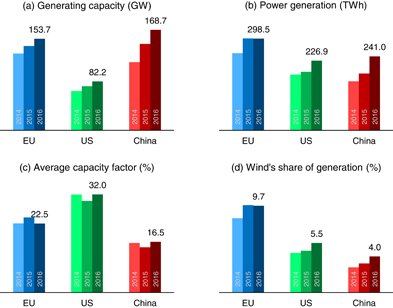Vox @drvox : vox.com/energy-and-env…
Utility Dive @GavinBade: utilitydive.com/news/new-jerse…
NYT @bradplumer: nytimes.com/2018/04/12/nyr…
No one mentioned the new cost cap. It's important.
1/
If this law is signed, in 2028 NJ can spend no more than $753 on Class I REC & SREC programs.
Story's more complicated. But "RPS ambitious b/c it says 50%" = misleading.
Unfortunately, the 9% cap will quickly be hit in 2020. And once that happens, it's a zero sum game for growth b/w different aspects of the RPS.
njcleanenergy.com/files/file/rps…
Partly, through NJ's 3500 MW offshore wind target, which gets you 14% of generation & is exempt from cost caps.
Partly through phasing out the solar program.
RECs get the big headline % mandate numbers, but SRECs eat the cost. 2017 RPS targets: 10.485% RECs, cost $95m ($12.12 each); 3% SRECs, cost $496m ($220.35 each).
nrel.gov/docs/fy17osti/…
theenergycollective.com/jessejenkins/2…
Headline = "NJ mandates 50% RE by 2030!"
Reality = "NJ's current $600m Class I subsidy was going to turn into $850m, but now is capped at $750m. Offset by boosting OSW & exempting it from caps. Target %s are mentioned, but real %s will likely need to be sorted out by BPU"



















